Afghanistan: Emergency Response & Recovery
Afghanistan is currently facing an unprecedented humanitarian crisis. According to UN data, more than half of the population (18 million people) is currently in food poverty. Over 8 million people are facing acute food shortages (on the verge of famine), there are reports of malnourished children dying in IDP camps and the capacity of the agricultural sector is rapidly declining.
Since 18 October, People in Need has been involved in the distribution of humanitarian aid. We have thus become one of the first NGOs, if not the first, operating in Afghanistan to be able to distribute financial aid in Afghanistan. Our distribution programs focus on financial aid, food aid, material aid, and support for individuals returning home after a humanitarian crisis. By the end of the year, we currently have distributions planned for nearly 4,000 of the most vulnerable households (approximately 28,000 people).
Through donations, our internal resources, and public collections, we are able to fill the gaps that other humanitarian organizations are currently not able to meet. The distribution of humanitarian aid is not easy in the current situation. We are talking about a complicated environment of an ongoing banking and financial crisis, where corporate bank accounts are still restricted or blocked; where the rules for the work of humanitarian organisations are constantly changing and evolving; and the conditions for the movement of humanitarian organisations and access to populations in need have to be renegotiated with local actors.
Past aid programmes
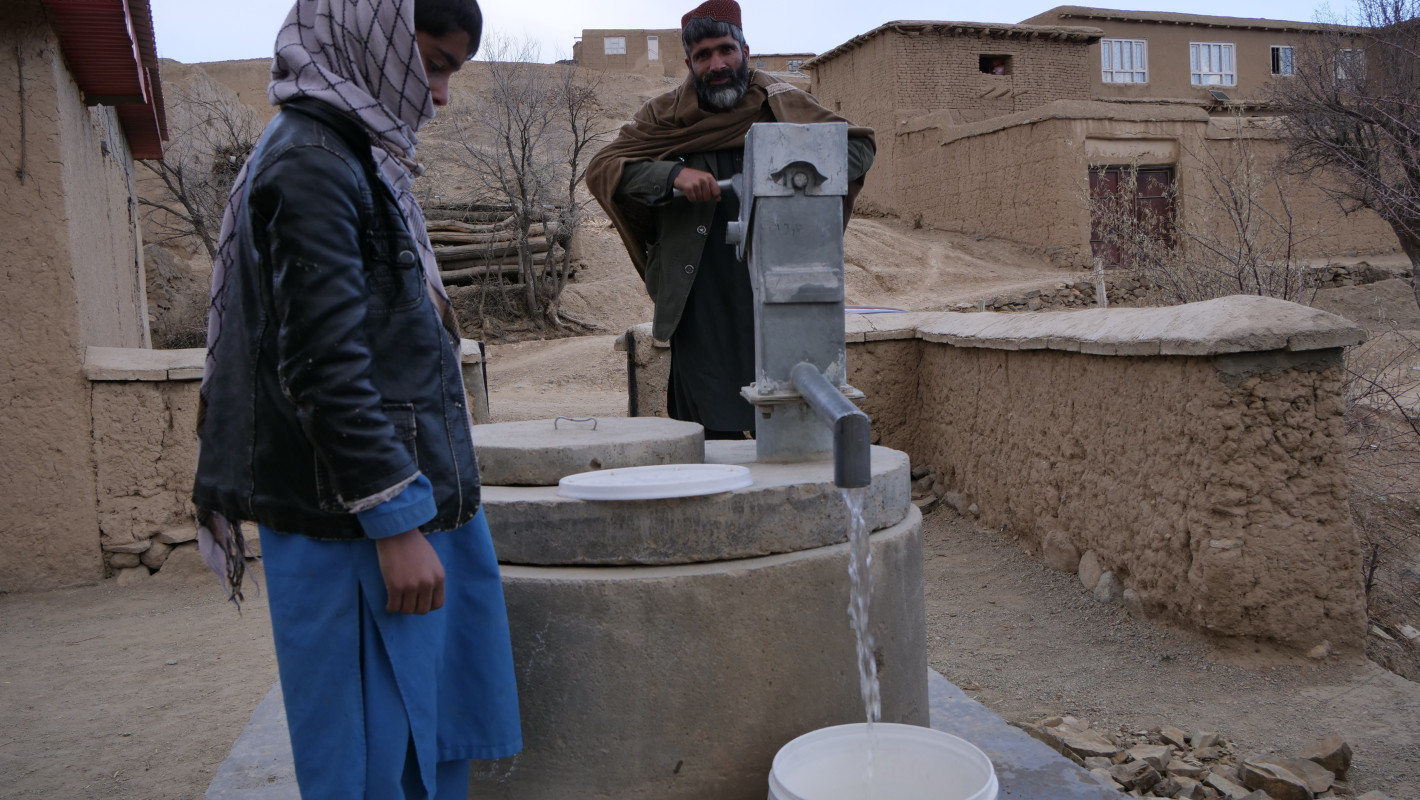
Water and Sanitation
In 2022:
- 25,893 people gained access to drinking water thanks to 38 water wells and 2 karez (water canals) rehabilitated • 47,806 people benefitted from hygiene awareness and COVID-19 prevention sessions
- 100 public spaces were provided with cleaning kits
- 5,331 people (5,171 children and 160 teachers at supported learning centers) received hygiene kits

Shelter and NFI
In 2022:
- 1,300 people received shelter technical and cash assistance
- 11,284 people got cash for winterization assistance
- 1,134 people got cash for rental support
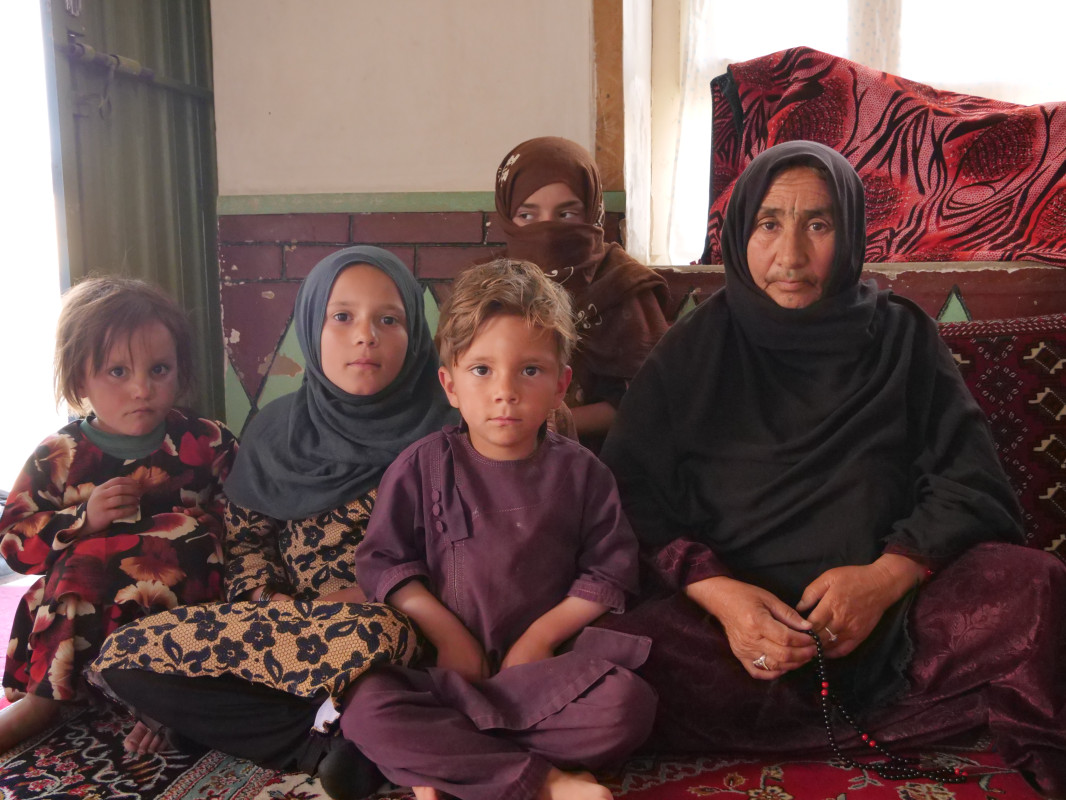
Agriculture and livelihoods
We provide farmers with quality inputs, services and technologies they need to sustainably increase and diversify their agricultural production. At the same time, PIN promotes the principles of climate-smart agriculture including the integrated watershed management or reduction of soil degradation. Through Cash for Work programme, we provide job opportunities to community members engaged in public works, such as digging irrigation channels or construction of water supply systems. Most vulnerable families are provided short term multipurpose cash assistance to sustain their basic needs without resorting to negative coping mechanisms, such as engaging children at labor instead of schooling or limiting number of meals per day.
In 2022:
- 1,583 individuals participated in Cash-for-Work activities
• 4,000 farmers received vegetable kits, participated in trainings and were provided follow up support
- 3,208 herders received in-kind livestock packages, gained access to veterinary services and were provided with training and follow up support
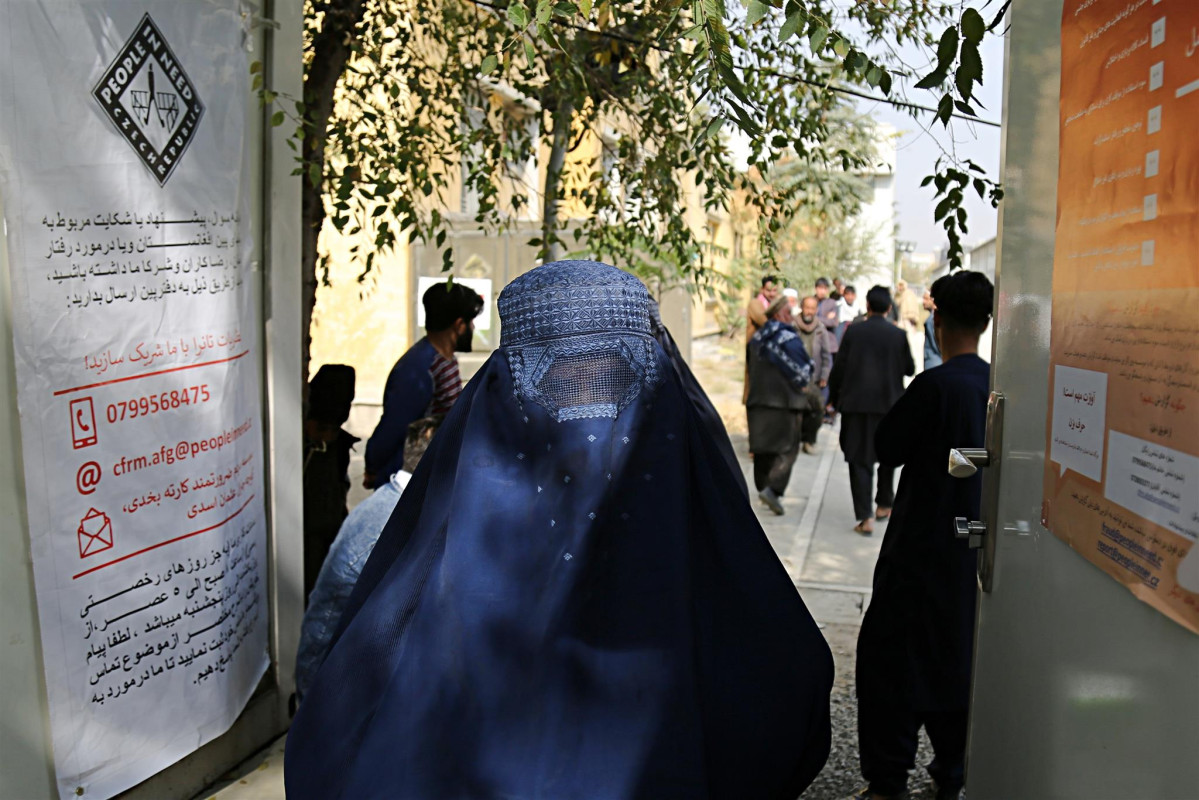
Supporting conflict-affected, acutely vulnerable populations in urban areas of Kabul and Balkh provinces in Afghanistan to meet their food security and shelter needs
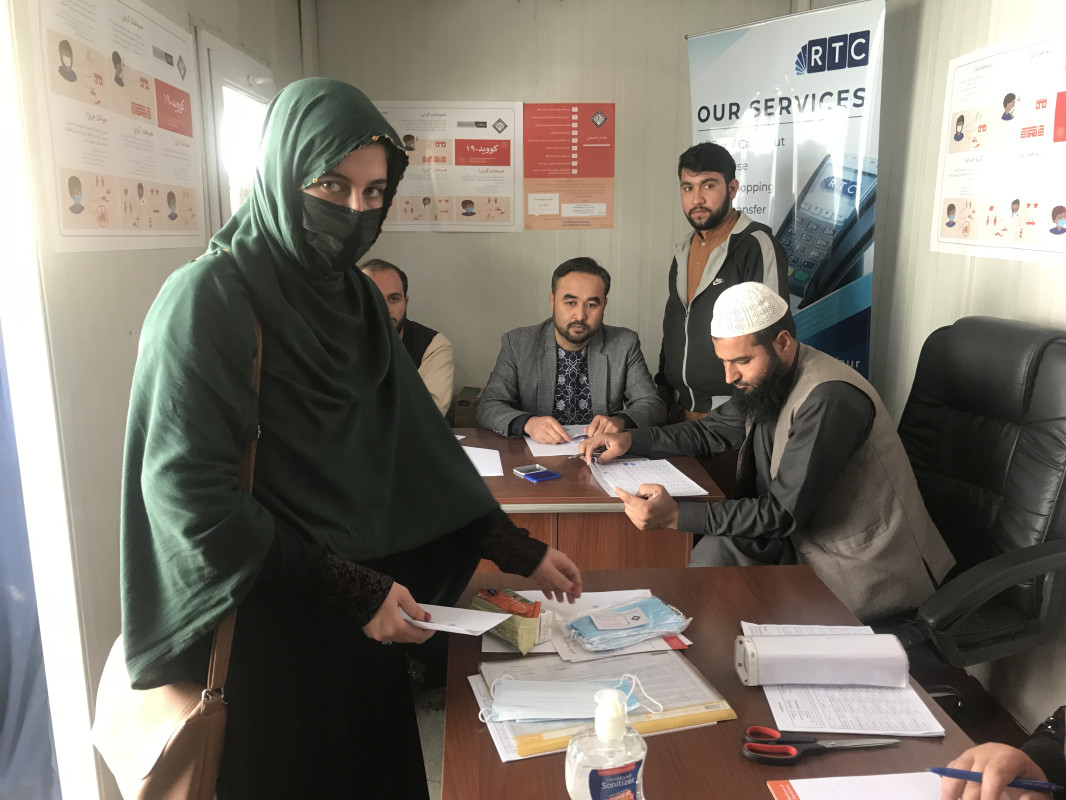
Immediate response for residents in food emergency in Mazar-e-Sharif
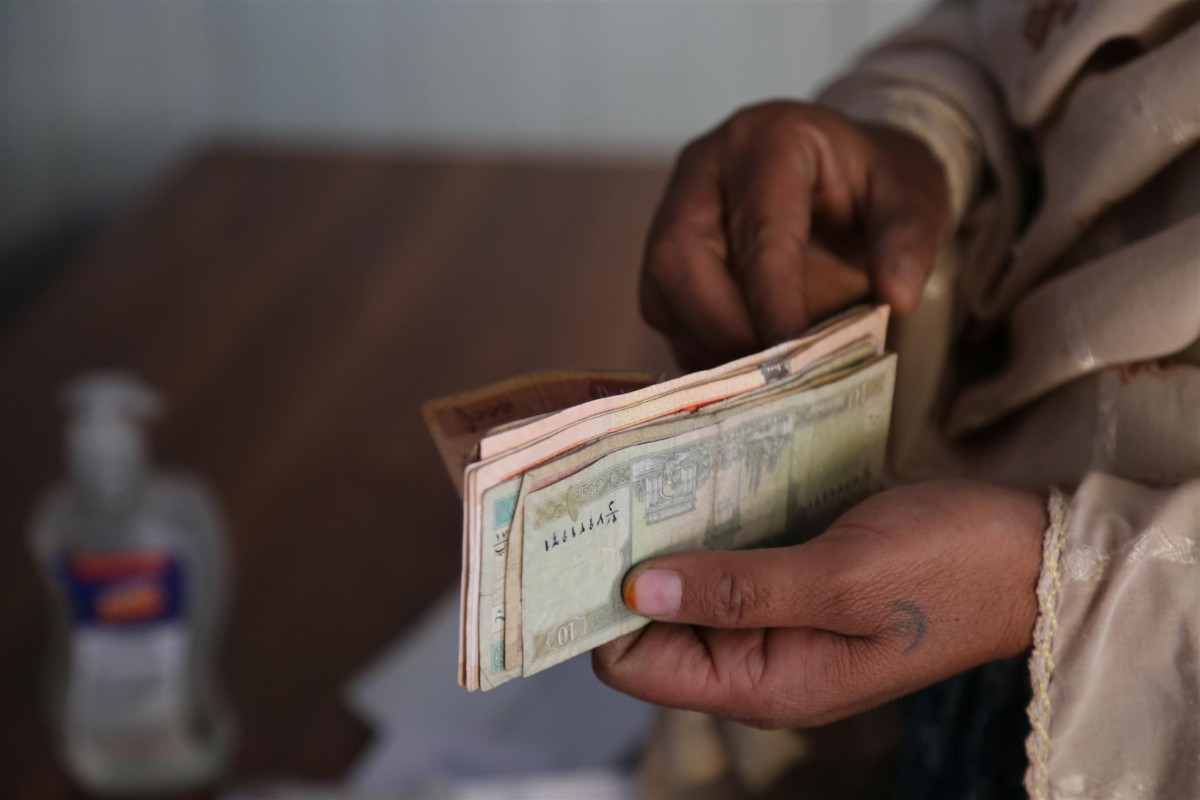
Public collection SOS collection and resources of the Club of Friends of People in Need
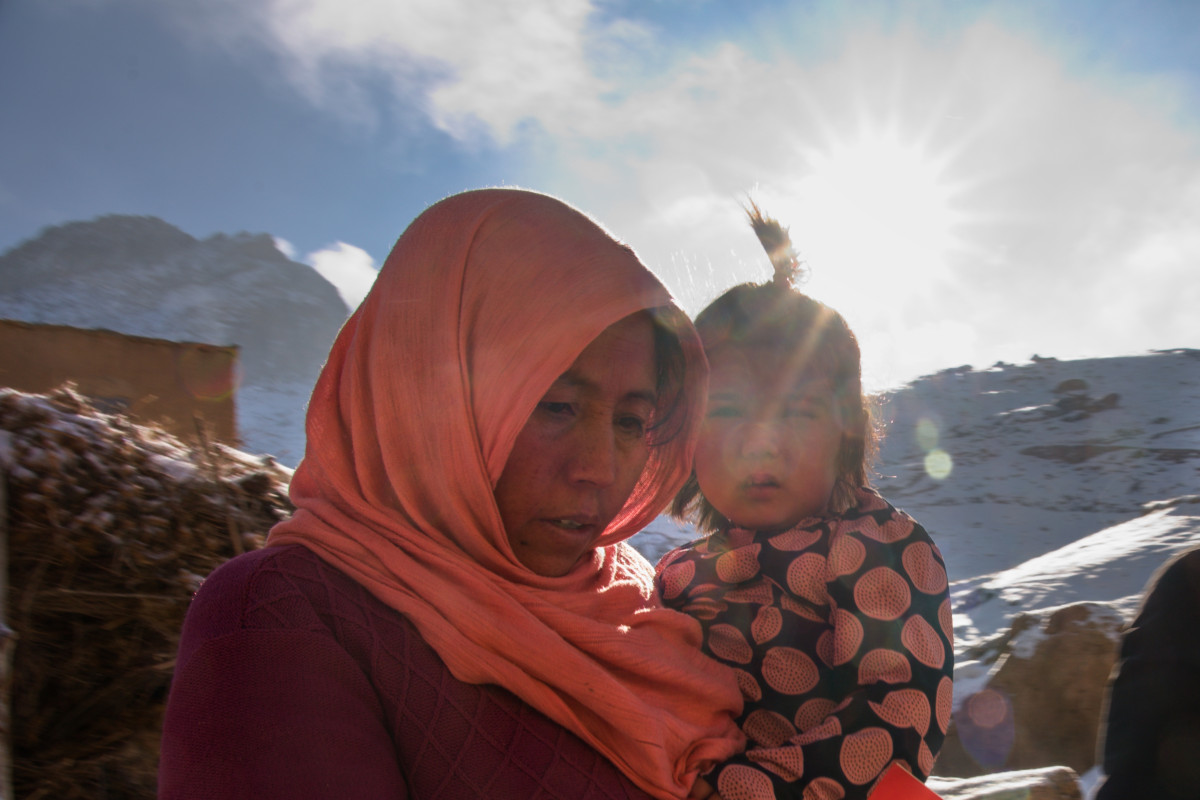
Food security and nutrition
We aim to reduce undernutrition by implementing multi-sectoral, well-integrated interventions directly addressing the variety of causes of malnutrition: next to the inadequate quality and quantity of the consumed food, those are mainly inappropriate maternal and child care practices and disease-prone environments characterized by poor hygiene and inadequate access to safe water and sanitation. Aside of providing the food aid, we also orient caregivers in correct feeding practices for different groups (babies, children, adults, pregnant and lactating women), nutrition value preserving food preparation technics or essential hygiene habits that contribute to prevention of malnutrition. Equipped with information, people can do informed decisions on for what they spend the cash assistance and prepare nutritious food. To complement, we conduct malnutrition screening, referral and follow up, and strengthen capacity of community health workers. Where possible, we seek synergies and complementarity with our WASH actions, improving access to safe drinking water, sanitation and essential hygiene items.
In 2022:
- 74,290 people received Cash for food assistance
- 31,024 individuals participated in nutrition promotion sessions
- 11,068 reached through home counseling visits in families with malnourished child or pregnant or lactating woman. Out of them, 5,040 received a MUAC tape and training on how to measure malnutrition at home
- 173 acutely malnourished children under 5 years of age and pregnant or lactating women were referred to specialized clinics to receive treatment

Ensuring access to basic, life-saving assistance for most vulnerable individuals affected by conflict and natural disaster in Afghanistan
Especially within the cultural context where people living with additional vulnerabilities may be more at risk, PIN identifies female-headed, child-headed, elderly headed households, people living with disabilities, pregnant and lactating mothers and families with infants, ensuring equal access to humanitarian assistance through appropriate modalities of either multi-purpose cash and/or NFIs. In addition, as well as meeting the needs of displaced populations, PIN supports those unable to flee from conflict.
This project is funded by USAID/OFDA and is part of a countrywide humanitarian response to meet the life-saving needs of affected populations and part of PIN’s wider strategy to provide humanitarian assistance. The proposed sectors, see multipurpose cash as central to emergency response in Afghanistan to help shock-affected people to meet their basic needs in a manner that upholds their dignity. Especially in a context like Afghanistan where markets have demonstrated resilience in the face of conflict and disaster, multipurpose cash also allows affected populations more immediate access to life-saving needs including shelter, as a large number of affected populations are likely to rent. The provision of multipurpose cash also contributes to minimising protection concerns, as improved access to safe shelter decreases risks of abuse, assault, or violence, especially for women and girls.
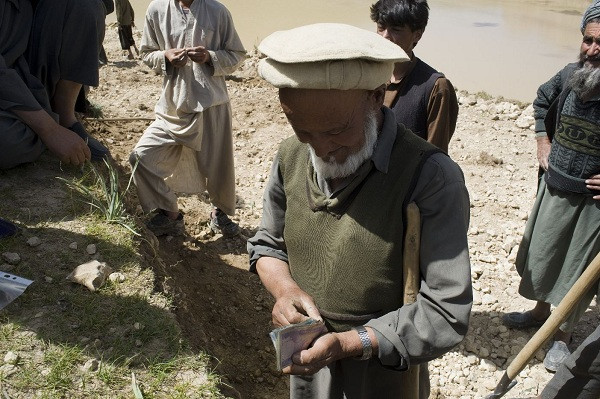
Humanitarian aid
Humanitarian aid involves provision of direct financial assistance to communities hit by humanitarian crisis. In providing such assistance, we attempt to cover the basic needs of the local population, such as food, drinking water, shelter and essential facilities.
The beneficiaries of such assistance usually play an important role in planning and implementing humanitarian measures. Direct feedback through regular contact with individuals, but also with local community development committees ensure that assistance provided goes towards satisfaction of current needs.
Although natural catastrophe and conflicts have a negative effect on all of their victims, the most vulnerable groups – children, pregnant women, the elderly, orphans, single mothers and widows – are at greatest risk after such events, so People in Need provides special assistance to such groups in the form of financial grants to cover their specific needs, or in individual cases we refer them to the relevant institution (mainly in medical situations or in cases requiring protection of children and women).
In 2012, People in Need joined a consortium of international non-profit organisations, the Emergency Response Mechanism, providing immediate evaluation of situations and aid in emergency situations.







